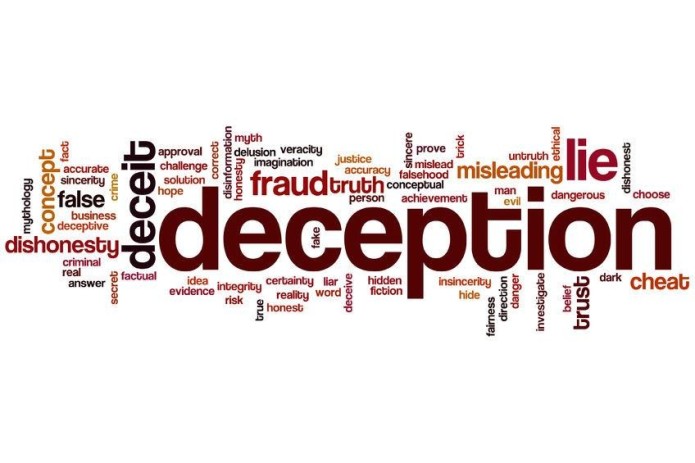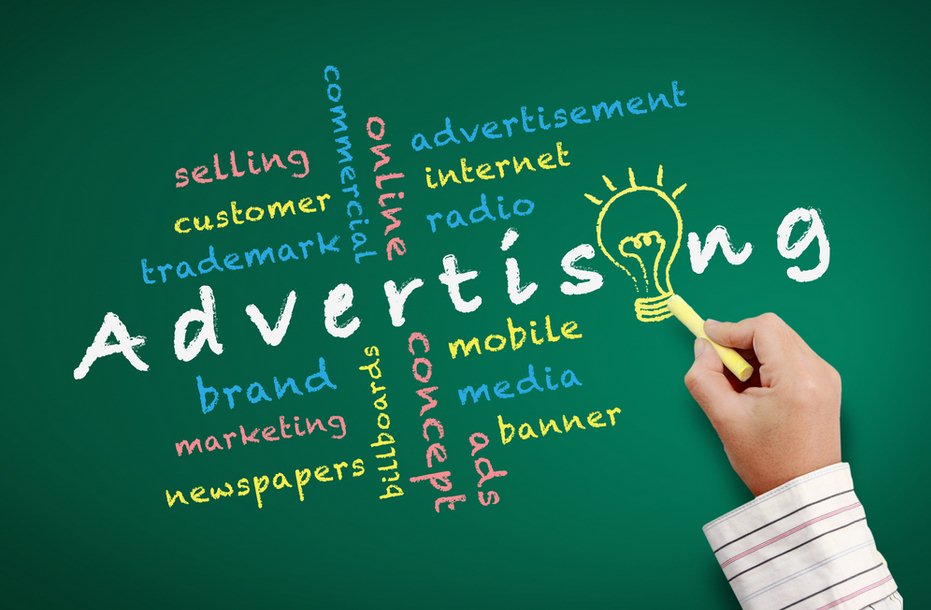Evidence in a trademark – Trademark Registration in Coimbatore
Effect on view – Strong evidence:
The strongest evidence of colorable imitation is from the view itself
Types of witnesses:
The customer who is a witness must be one who holds the plaintiff’s goods by reason of their distinguishing characteristics.
It seems to be sort of popular notion of some witnesses that, in considering whether the customers are likely to be deceived, you are to consider the case of an ignorant customer who knows nothing about, or very little about, the subject of the action. That is a great mistake, the kind of customers that the courts ought to think of in these cases is the customer who knows the distinguishing characteristic of the plaintiff’s goods, those characteristics which distinguish his goods from other goods on the market so far as relates to general characteristics. The customer must be one who, knowing that is fairly common to the trade, knows of the plaintiff’s goods by reason of these distinguishing characteristics. If he does not know that he is not a customer such views can properly or will be regarded by this court.
Details of evidence to be let in:

Laying down that the vital element, in cases of similarity of the marks or get-up used, in the probability of deception, Viscount Maugham thus observed as regards the details of the evidence to be let in.
He said that probability of deception may depend on a number of matters as well as the question of similarity of the marks or the get-up. Witnesses can be called to prove the circumstances and the place in which the articles are sold, the classes of persons who buy them, and whether they include persons who are illiterate or ignorant or the reverse, the number in which the public is accustomed to asking for the articles and other matters which will assist the court to decide whether deception is probable. Evidence of actual deception may be available and if available may be very valuable.
There is no such person as an expert in human nature, and a witness cannot be called to say that it is likely that purchasers of the goods will be deceived. This can only be a matter of opinion formed after the dispute has arisen and too often without any judicial consideration of the opposing contentions.
Purchasing public’s state of mind has to be ascertained:
The ascertainment of a probability of confusion because of similarity of trade names presents a problem not solvable by a precise rule or measure. Rather it is a matter of varying human reactions to situations incapable of exact appraisement.
We are to determine the purchasing public’s state of mind when confronted by somewhat similar trade names singly presented. Is the similarity of name or dress such as to delude the public, will the prospective buyer readily differentiate between the two names? We can only contemplate, speculate, and weigh the probabilities of deception arising from the similarities.
Evidence of actual instances of deception:

Where the trade relates to goods largely sold to illiterate or badly educated persons, the plaintiff has often established his case although it has been proved that well-educated persons have not been and will not be deceived.
The plaintiffs used a label, the main feature of which was a device of two elephants. Defendant colorably imitated. It was the only mark using the figure of elephants known in the oriental market, where plaintiffs sold their goods, and it became known as the two elephant’s brand. The main resemblance between the two labels was in the figures of the two elephants. And while they might be easily distinguished by Englishmen or by educated natives, the court held that they might easily deceive others in the Orient. The court observed:
To such persons, or at least to many of them even if they took notice of the difference between the two labels, it might probably appear that these were only differences or ornamentation, posture, and other accessories, leaving the distinctive and characteristic symbol substantially unchanged.
In lack of evidence of actual deception or confusion, the court said:
The English cases may be instructive as showing the way in which such a question should be approached, but actual decisions, depending as they do on what purchasers would be likely to think in English, are not a guide in India.
The difficulty in formulating general rules and principles for these cases was recognized and illustrated. In this case, an English concern exported wool yarn to China market and used a colored ticket bearing the picture of a mosque, together with printed words in English and in Chinese characters, and used by another exporter who used a ticket on which appeared the picture of a mill.
Now the evidence is that most people in China, certainly the most illiterate members of the population of China, follow the picture and one can understand that because, if they are unable to read print, they naturally look for some other sign such as a picture. Although perhaps people in this country do not pay very much attention to pictures, I think what it is he wants to buy and will, if he has been accustomed to buying the mosque shop (i.e., the picture) before, go and look for the building with the round top to it, which is quite a different looking building from the mill with the flat proof, the modern European style instead of the eastern style of buildings. That being so, looking at the two labels as a whole I cannot see there is any possibility of deception likely.
Fraudulent intention:
Where fraudulent intention on the part of a defendant to deceive is established, it is material fact and great weight will be attached to it and very strict proof of actual deceit having been carried out would not be insisted upon. It is material if a dishonest defendant had been unsuccessful in his fraudulent design.
When once you establish the intent to deceive, it is only a short step to proving that the intent has been successful, but still it is a step, even though a short step. To any such charge, there must be, however, two conditions. The first is that it ought to be pleaded explicitly so as to give the defendant an opportunity of rebutting the accusation of intent. The second is that must be proved by evidence.
Proof of public recognition of get-up:
As regards the necessity for plaintiff in a passing off action to show that the public recognized the get-up as denoting his goods.
Reputation – Evidence of essential:
The plaintiff must establish in order to succeed in a passing off action that the mark and get-up have become associated with, or distinctive of, plaintiffs goods and understood by the trading public as meaning that the goods are plaintiff goods. If the plaintiff cannot prove the association or identification of the disputed mark or get-up in the locality in which such goods are used with goods in fact of his manufacture, the action should fail. Where it was shown that the plaintiffs were carrying on no business in the goods in question, he cannot succeed. A mere mortgagee of business and its trade name who had never used, and did not intend to use, the trade name cannot complain.
Advertisements and circulars – Deception by:

Evidence can be let in to show that fraud was committed by issuing misleading circulars or advertisements or by a display of deceptive name or title in front of the defendant’s shop. A deception can also be in the advertisement.
The goods of the defendant were inferior to that sold by the plaintiff. It was held that the defendant was guilty of deliberate attempt to find a market for their own goods which were inferior to that of the plaintiffs by means of conduct calculated to induce people to believe that the goods offered by them were that of the plaintiffs and that the plaintiffs were entitled to an injunction.
Fraudulent compliance with plaintiff’s orders:
The offense can also be by opening and replying to letters addressed to or intended for the plaintiffs and executing the orders contained in them.
Untrue statements:
A deception can also be by making untrue statements thereby passing off one quality of goods for another. For example, the sale or passing off of second hand used blades as genuine blades of the plaintiff’s safety razors was held to be objectionable.
The proximity of trade:
Evidence can also be let in as regards the proximity of the place where the defendant sets up his business to that where the plaintiffs business under a similar name has already been well-established and attained a reputation. In such a case, it will be a strong evidence to show that the defendant, though trading in his own name, intends to take fraudulent advantage of its similarity of plaintiff’s name.
Evidence as to damage – How far necessary:
Evidence as to damage is not essential to the success of the action. It must be enough if the plaintiff shows that the defendant is acting in a manner which will result in passing off of his goods as those of the plaintiffs, the reason being that it will be generally assumed that the plaintiff is thereby prevented from selling as much of his goods as he could otherwise do. But, if there is no ground for such assumption, proof of actual or probable damage will be necessary.
A reputation of medical practitioners:
Passing off may relate to the name of a medical practitioner and the goods suggested to have been produced by his prescription. In such a case inferiority or inefficiency of the goods will affect the reputation of the medical practitioner. Though strictly speaking the medical practitioner would not be deemed to be conducting a trade in relation to goods, he would be entitled to a personal right to complain against the passing off. This will be really an action in tort.
Relative expense of articles – Nature of the same – Whether capital or consumer goods – Purpose of purchase, etc.
Evidence will be important as to the relative expense of the article, the purpose of the purchase, and as to whether they are capital or consumer goods and the relative importance of the articles in the eyes of the consumer. A person purchasing a box of sweets does not use as much care as one who purchases radio or a clock.
In determining whether the counterfeit so closely resembles the genuine as to be likely to deceive the ordinary buyer, the court must take into consideration the degree of care which buyers usually exercise in buying such an article as that which is the subject of the distinguishing mark; for it is a matter of common knowledge that the ordinary buyer does not, as a general rule, exercise as much caution in buying an article for which he pays a few pennies as he does in purchasing a more valuable thing. The instances are very rare, I suppose, where a purchaser exercises as much care in buying a bottle of beer as he does in buying a bottle of whiskey, a box of cigars, or a hat or a coat.
In this connection, we must not lose sight of the character of the article, the use to which it is put, the kind of people who ask for it and the manner in which it is ordered. Very broad scene painting will deceive an ignorant, thoughtless or credulous domestic, looking for an article in common and daily use, and of no particular interest to her personally. The same kind of deception would be instantly detected by an intelligent woman of the world, looking for her favorite perfume, soap or dentifrice, or by a man of luxurious tastes, inquiring for a same special brand of champagne.